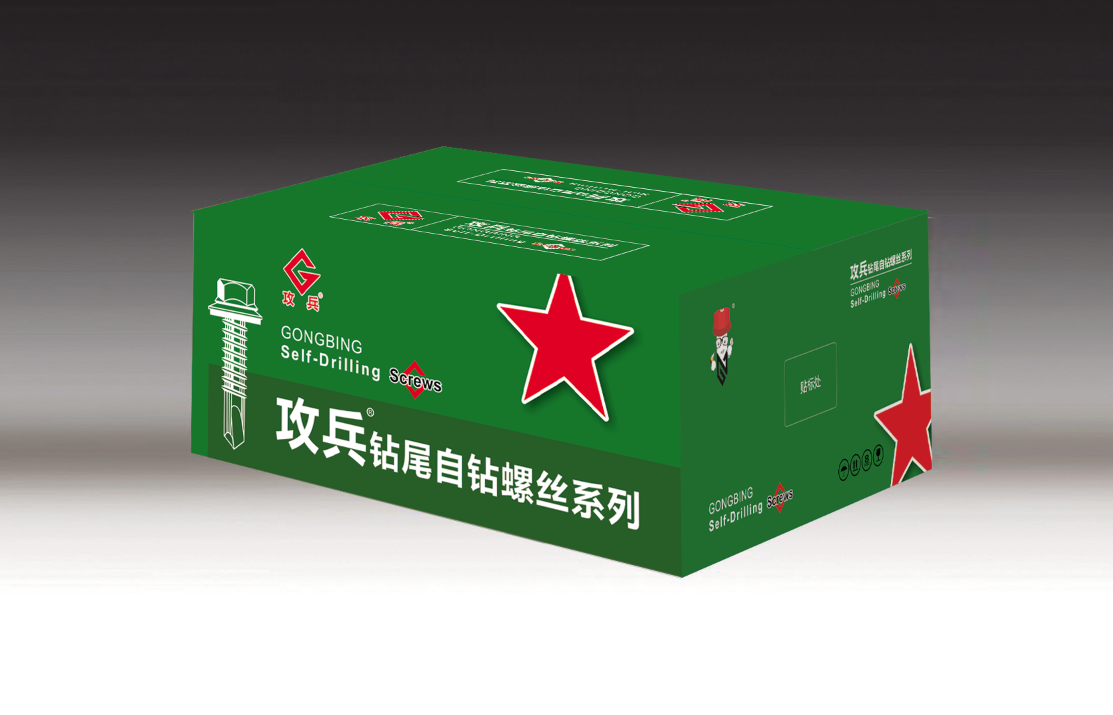wafer head self tapping screws
Understanding Wafer Head Self-Tapping Screws
Wafer head self-tapping screws are essential components in various industries, particularly in electronics, construction, and automotive manufacturing. These screws are designed to create their own threads as they are driven into materials, eliminating the need for pre-drilled holes. The wafer head design, characterized by a broad, flat head, offers several advantages that make these screws particularly useful.
Design Features
The wafer head screw features a head with a larger surface area compared to standard screws, which can distribute the load more evenly on the material's surface. This design minimizes the risk of damage to the material and helps secure the components more effectively. The low-profile aspect of the wafer head also allows for a neater finish, making them ideal for applications where aesthetics matter.
Self-tapping screws come with different thread designs, allowing them to penetrate various materials, such as metal, plastic, and wood. The specific threading plays a crucial role in how these screws perform. For instance, screws designed for metal usually have finer threads to effectively engage with the harder material, while those meant for softer substrates like plastic or wood might feature coarse threads for better grip.
Benefits of Wafer Head Self-Tapping Screws
1. Ease of Use One of the most significant advantages of wafer head self-tapping screws is their ease of installation. Since they cut their threads, users do not need to drill pilot holes, which can save considerable time and labor costs. This is particularly beneficial in production environments where efficiency is paramount.
2. Versatility Wafer head self-tapping screws can be used in diverse applications due to their adaptability. They can be employed in electronics for securing circuit boards, in the automotive industry for assembling parts, and in construction for attaching fixtures. This versatility makes them a staple in many toolboxes.
wafer head self tapping screws

3. Strength and Stability The design of these screws allows for stronger joints. Their ability to create threads within the material they are being fastened to leads to a tighter and more secure hold. This strength is crucial in high-stress environments where the integrity of the joint is paramount.
4. Cost-Effectiveness Although wafer head self-tapping screws may have a higher initial cost compared to standard screws, their ease of use and the reduction in labor time often make them a more cost-effective option in the long run.
5. Reduced Material Damage The flat and wide head design reduces the risk of material damage during installation. This feature is particularly advantageous in delicate applications where the integrity of the material is critical.
Applications
Wafer head self-tapping screws are widely used in the electronics industry, where they secure components on circuit boards and enclosures. Their low profile helps maintain a compact design, which is vital in devices requiring high-density layouts. In construction, these screws are often used for attaching metal and plastic components, securing HVAC systems, or even for roofing applications where durability and weather resistance are critical.
In automotive applications, these screws install interior components, body panels, and even electrical fixtures. Their strength and resistance to vibration make them perfect for high-performance vehicles that face dynamic forces during operation.
Conclusion
In summary, wafer head self-tapping screws are indispensable tools across various sectors. Their unique design, which combines a wide head and self-tapping functionality, enables efficient installation, robust performance, and versatility in application. As industries continue to evolve, the demand for reliable fastening solutions like wafer head self-tapping screws remains strong, reinforcing their status as a fundamental component in modern engineering and manufacturing practices. Whether you are a DIY enthusiast or a professional, understanding these screws can significantly enhance the quality and durability of your projects.
-
Weatherproof Plastic Expansion Anchors for OutdoorNewsJun.06,2025
-
Sustainability in the Supply Chain: Eco-Friendly TEK Screws ProductionNewsJun.06,2025
-
Load-Bearing Capacity of External Insulation FixingsNewsJun.06,2025
-
Double Head Bolts: Enhancing Efficiency in Industrial MachineryNewsJun.06,2025
-
Corrosion Resistance in Chipboard Screws: Coatings for Wholesale DurabilityNewsJun.06,2025
-
Butterfly Toggle Bolts : Enhancing Structural ResilienceNewsJun.06,2025
